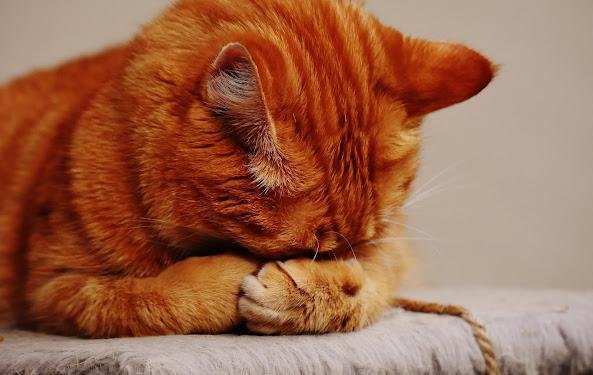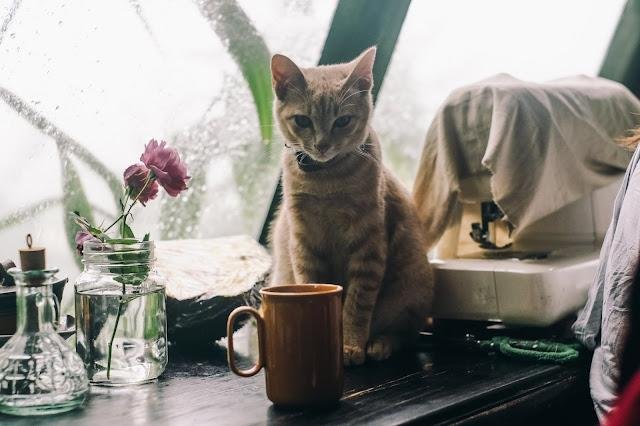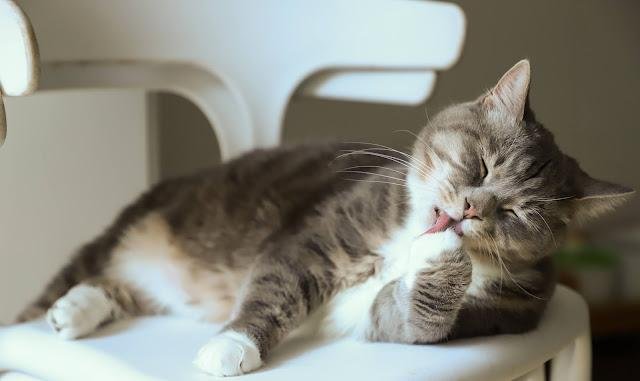Today we will discuss how you can tell your cat is ill or in pain and needs to be taken to the vet!
First and foremost, if your cat is vomiting or has diarrhoea, that doesn’t necessarily mean it’s a big problem. If your cat is vomiting and the vomit contains hairballs you don’t need to worry because it’s quite common in housecats. Additionally, if your feline vomits once or twice a month (but is eating normally), you have nothing to worry about. If your cat has diarrhoea but is eating normally, then, again, you don’t have anything to worry about. It might be that you changed its diet or overfed it, which resulted in diarrhoea. If it is eating, then you don’t need to worry.
If we talk about serious problems, diarrhoea and fever can mean a hidden, major complication. In viral infections, the most common is calci virus, mainly found in kittens and cats less than a year old. Symptoms are blisters on the tongue, cat will stop eating, stains coming out of its ears, vomiting and diarrhoea.
If your cat has blood in its vomit or stool and has a lot of discharge from the eyes/ears, then these symptoms are of panleukopenia. Panleukopenia is a hazardous disease in cats and you must take your pet to the vet immediately!
Moving on to kidney/liver problems, symptoms include fever and weakness. In this case, the feline will stop eating and begin drinking lots of water. Other than that, another sign is that the cat has a urinary tract infection, or there’s blood in its urine. When a male cat has this problem, he speaks a lot and stops using his litter box. He will most probably go into deep stress and stop eating.
Lastly, if your cat isn’t vomiting or has diarrhoea then it’s most likely stressed and this can be due to mating issues, change of place/environment etc. If your cat stops eating, then you should probably visit the vet. God forbid it can even kill your pet and so you must go to the vet, immediately.
Thank you for reading! Please, don’t hesitate to leave any queries you have in the comments.!






